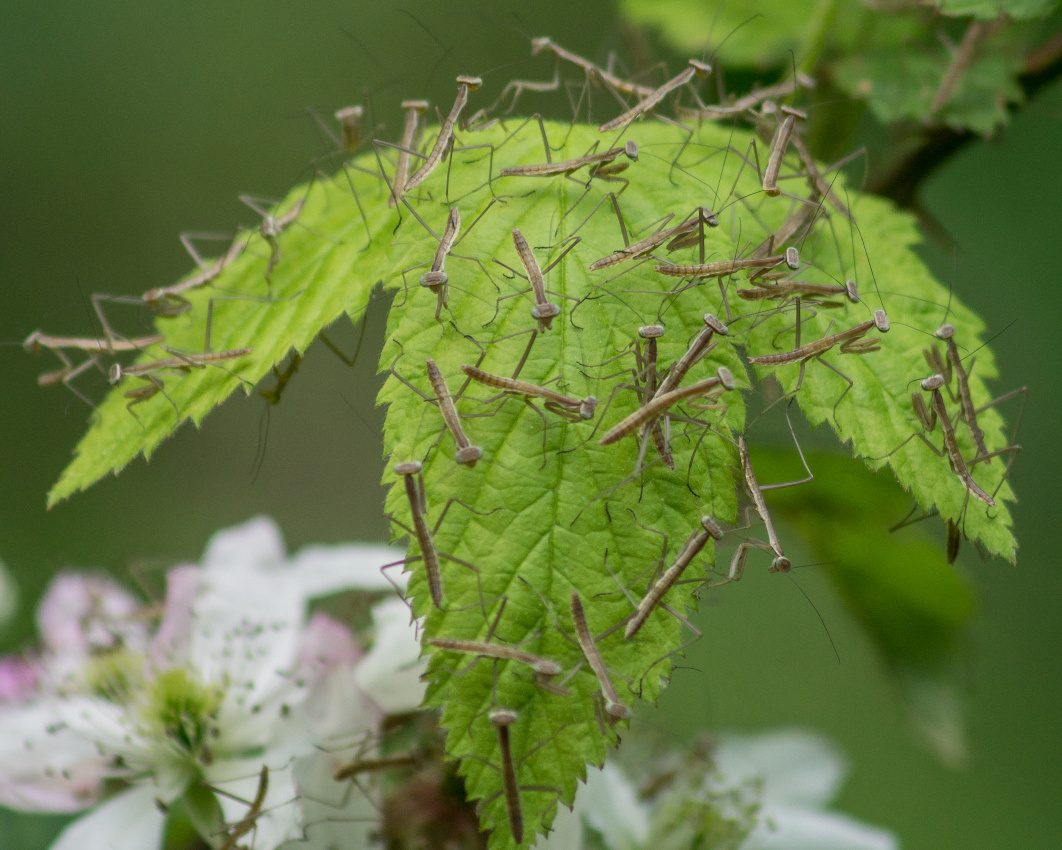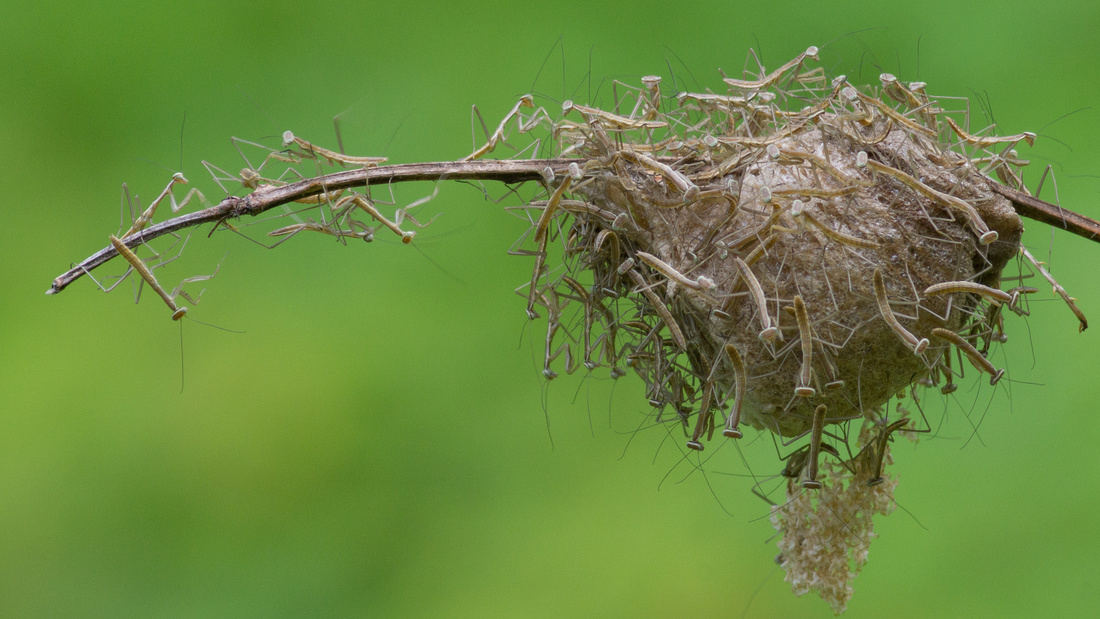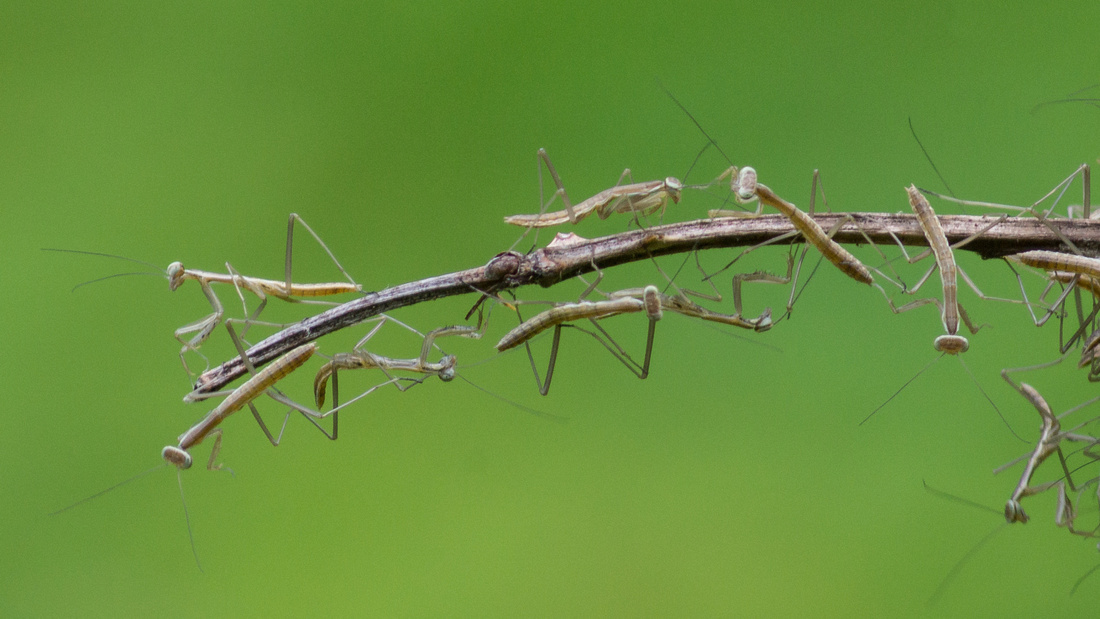Welcome to my blog pages. I will occasionally document some of my unusual wildlife photography experiences using this format. When relevant, I'll try to include field notes and other information that might prove interesting to readers.
Shooting small birds in flight - the easy way
Shooting birds in flight (BIF) is one of the more difficult aspects of wildlife photography. I've never been particularly good at it, but occasionally get lucky.
Two situations generally arise - one with a busy background (trees, buildings, etc) or one with a reasonably clear sky. The first situation is significantly more difficult than the second. With a busy background, you have to use spot (or possibly zone - a group of a few spots) focusing and track the bird while keeping the focus spot precisely on the subject. Slower flying birds (herons, vultures, egrets, eagles, etc.) are generally easier, so they are good for practice. Hawks are more difficult, but not nearly as difficult as small birds - unless you have a clear background and a camera with a fast auto-focusing lens.
There is a Martin house near my home on a local pond. In the spring and summer, the Purple Martins are very active around the house in nice weather. Often, there are as many as 15 or 20 birds flying around the house gathering nest building materials. The house is on a tall pole out in the open on the bank of the pond providing a nice clear background above the horizon.
In this situation, I can set my camera on wide area auto-focus (WAF) since I'll be shooting against a clear background - the sky. Using WAF, the camera will focus on anything in the frame creating contrast. Since the bird is the only contrasty thing in the viewfinder, that's what the camera focuses on.
With most BIF shooting, it is best to keep your shutter speed above 1/1200 of a second. This keeps motion blur to a minimum. With small fast flying birds even higher shutter speeds may be necessary. I use aperture priority (I set the aperture and let the shutter speed vary) and set my ISO to 400. This tends to keep my shutter speed above 1/1200 and gives me reasonable control over image sensor noise (graininess in the photos). Lower ISO is usually more desirable, but with my Sony A-77, ISO-400 is a good compromise. My lens (Sony 70-400mm f4-5.6 G2) is very sharp shooting wide open, but even better shooting at f8. Depending on the amount of light available, I adjust my aperture to keep my shutter speed above 1/1200th with f8 being ideal. F8 also provides a little more depth of field (DOF - the depth of the area in focus) than shooting wide open. Also, since the background is brighter than the subject, I set my exposure compensation to a plus 1.3 - 2.0 again, depending on the amount of light available. This tends to get the best exposure on the bird. Finally, it is best to have the sun behind you as much as possible. This places more light on the subject, will require less exposure compensation and make it easier to see the fast moving bird in the viewfinder.
With the setting as described above, I stand within about 20-30 feet from the Martin house, select a focal length somewhere between 100-200mm, pre-focus on the house and wait until a bird(s) are circling. All that is required is to find the bird in the viewfinder and fire away. The camera & lens will generally do the rest. My keeper rate using these setting is in the 50% range. I've also used slower focusing lenses - the Minolta 70-210mm F4 and the Minolta 75-300mm f4.5-5.6. They are slower focusing, but I can still get usable images. However, the keeper rate is lower.
Here's a few Purple Martin photos I took recently using the above techniques. All were shot in RAW format and processed using Adobe Lightroom 5.2. Even adjusting my exposure compensation when shooting, I usually had to increase the exposure on the subject in post processing for the best result.
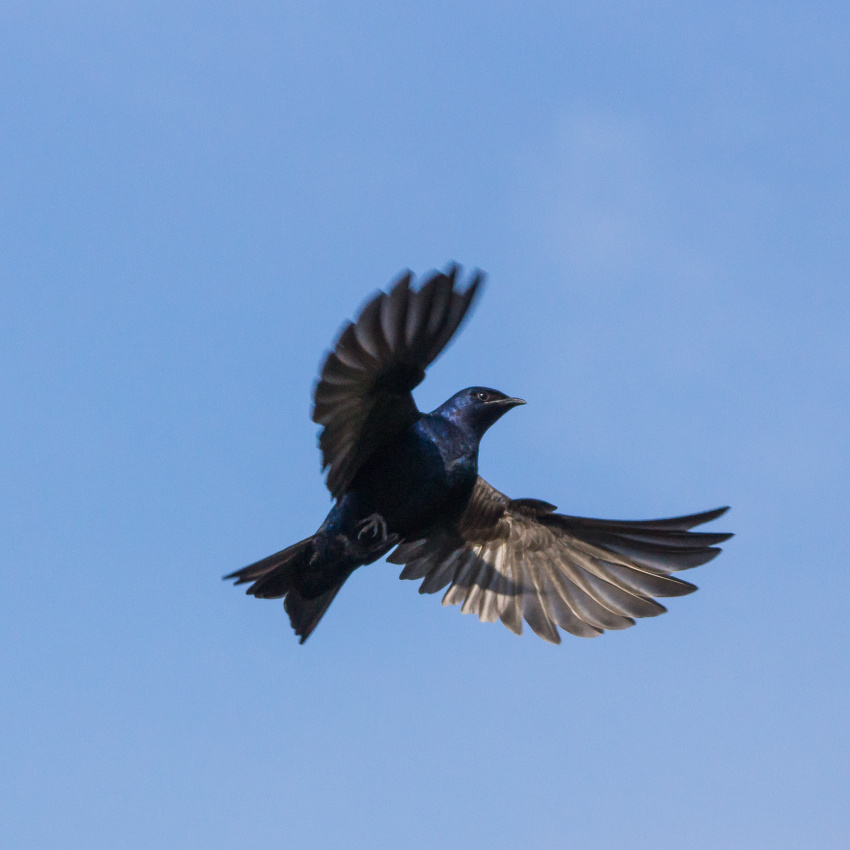

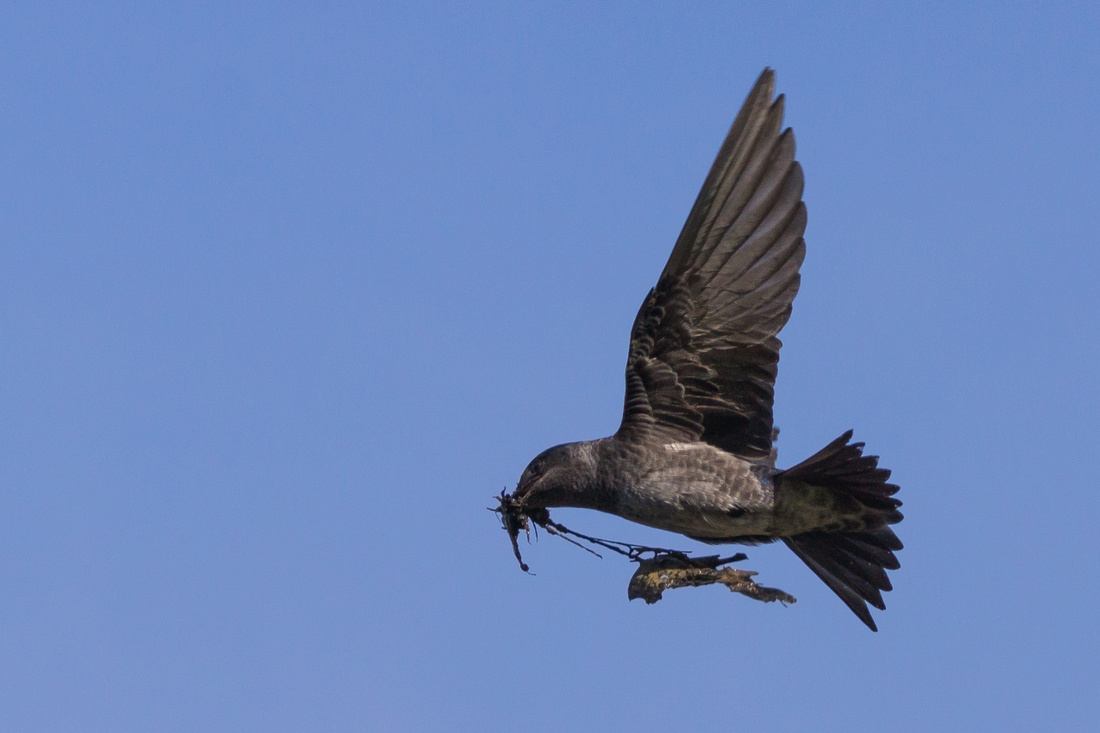

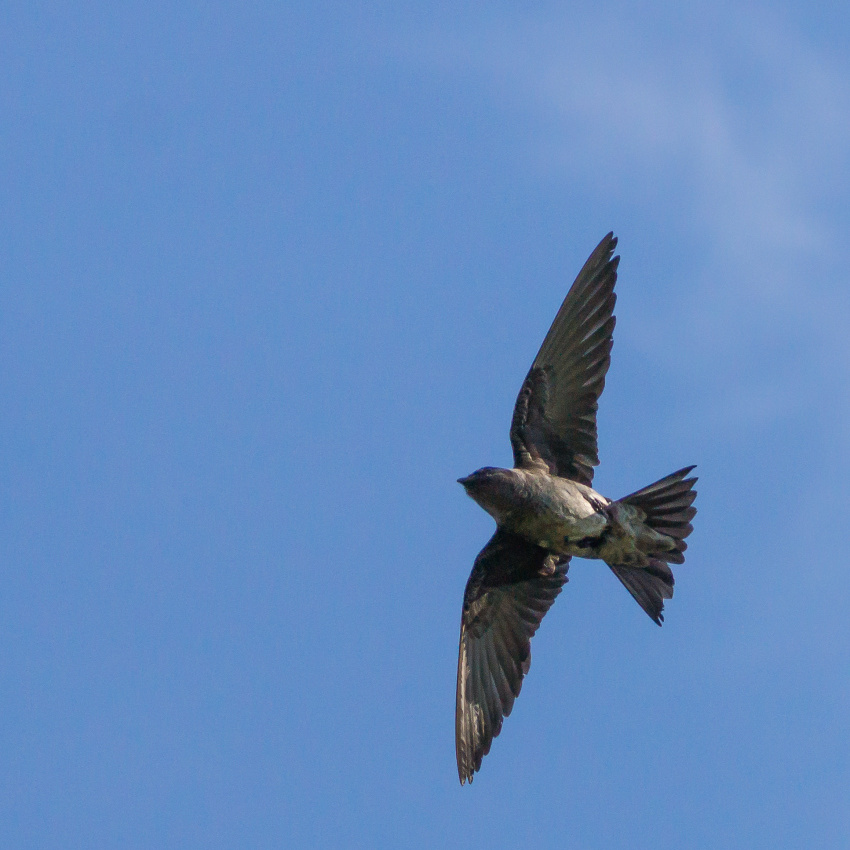



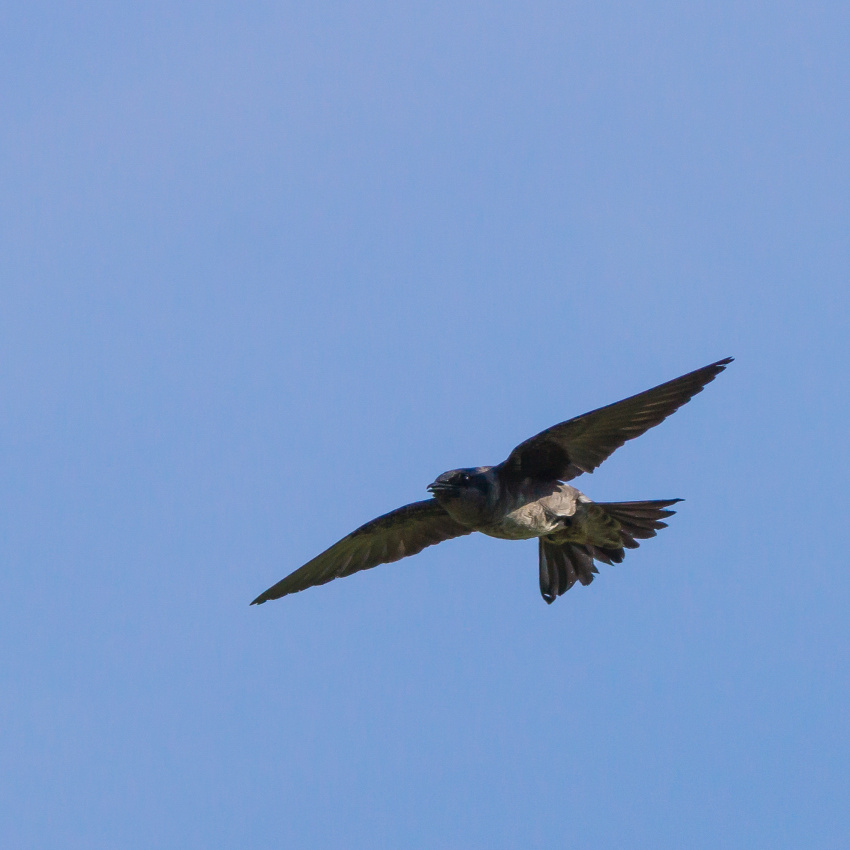

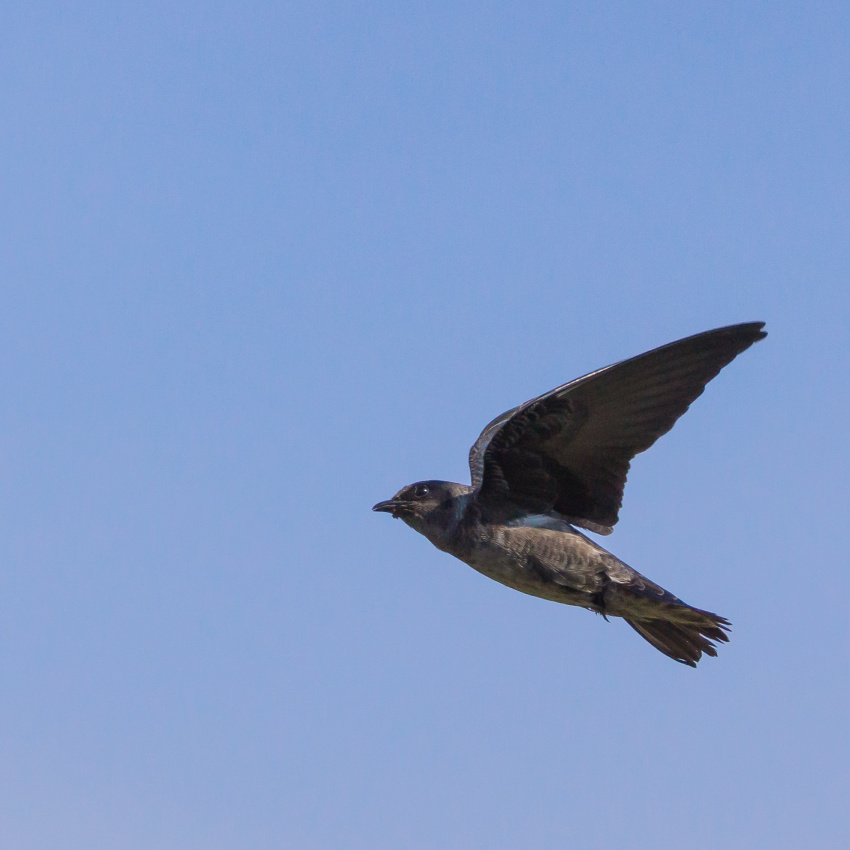

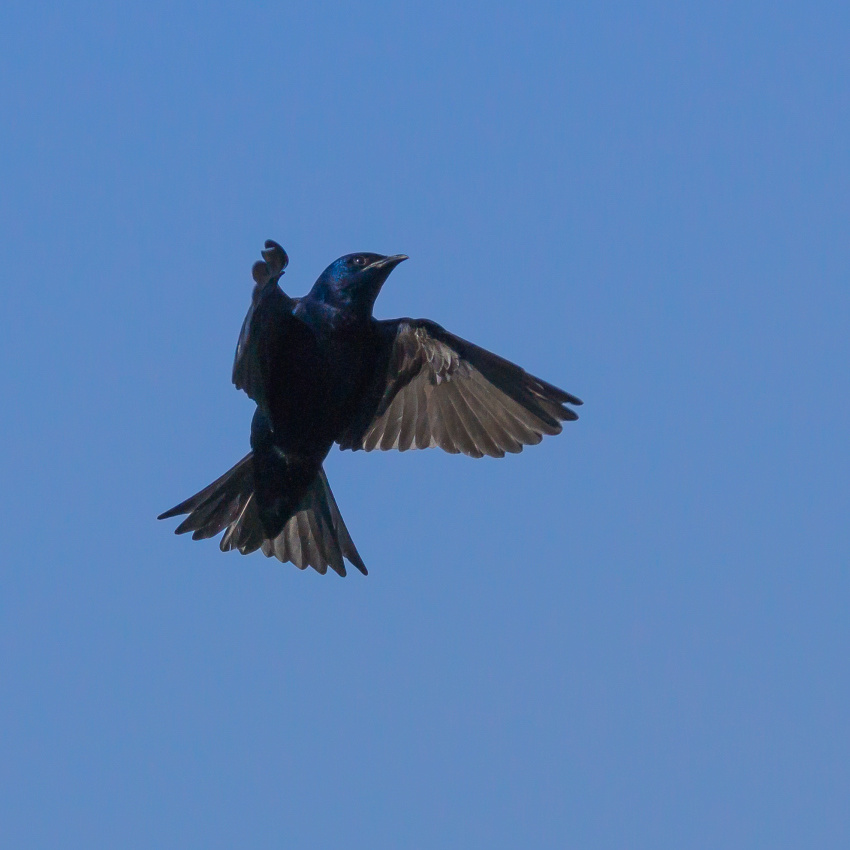

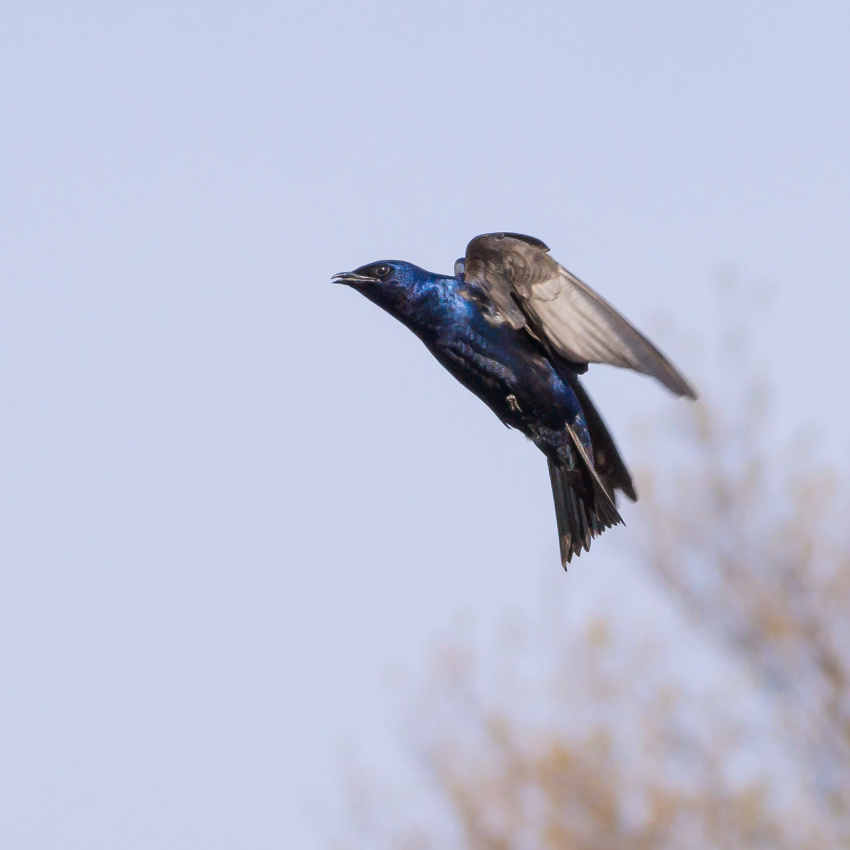

Great Blue Heron
The Great Blue Heron is simply, fun to photograph. Many won't let me get close to them, but sometimes one comes along that just doesn't mind having humans around. Here are some images I took of one that visited Links Pond a few times in March. I followed him around the pond as he fished the shore. Most of the time I was withing 15-30 feet of him. He never gave me a second thought.


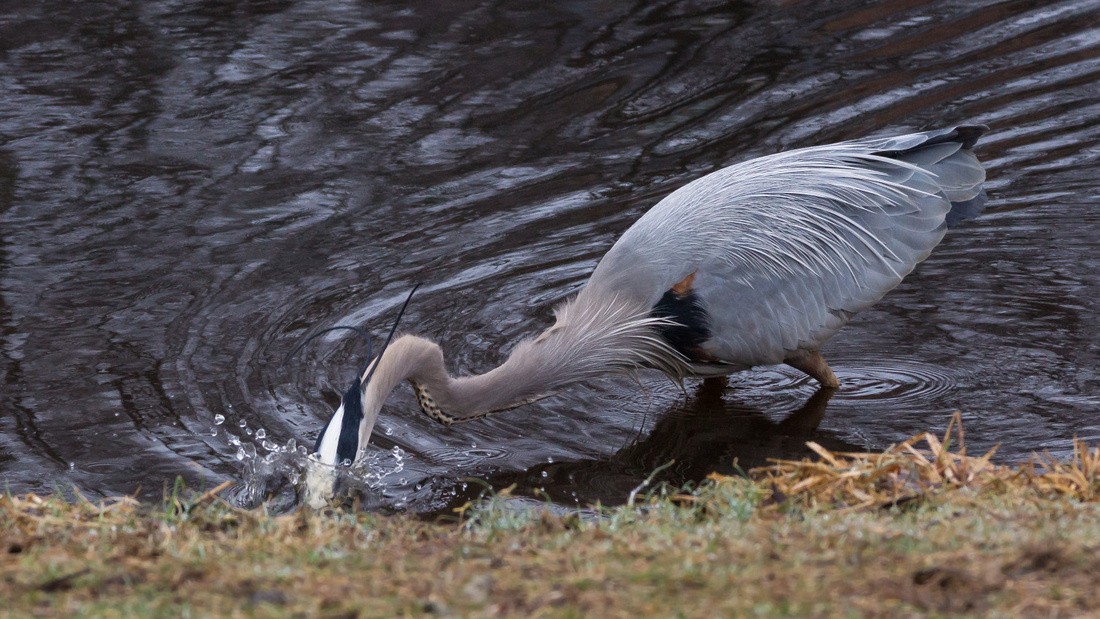

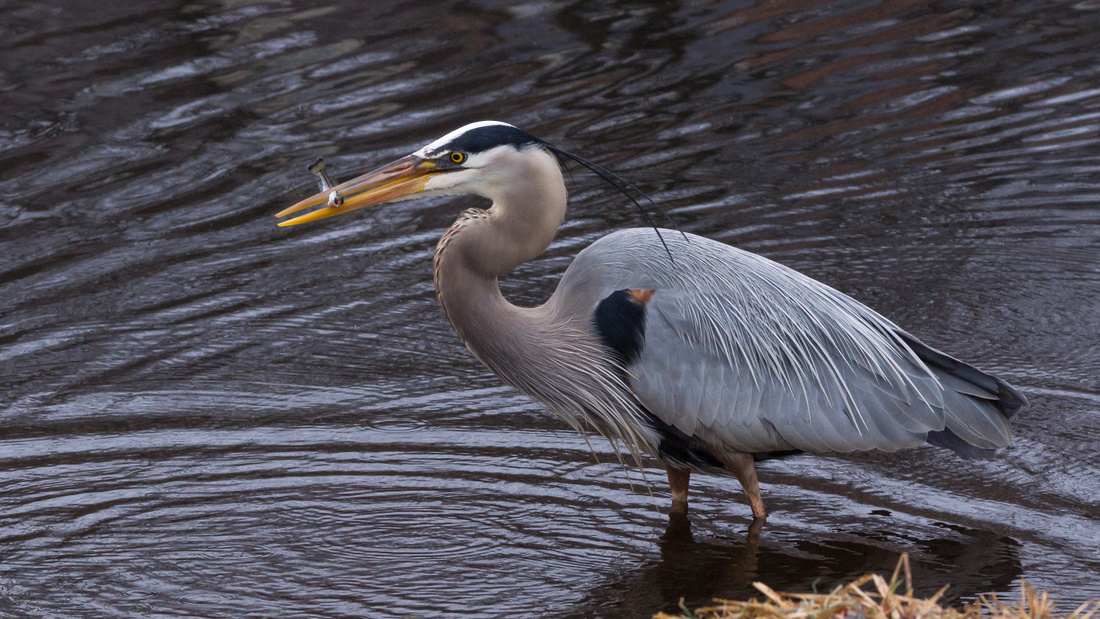

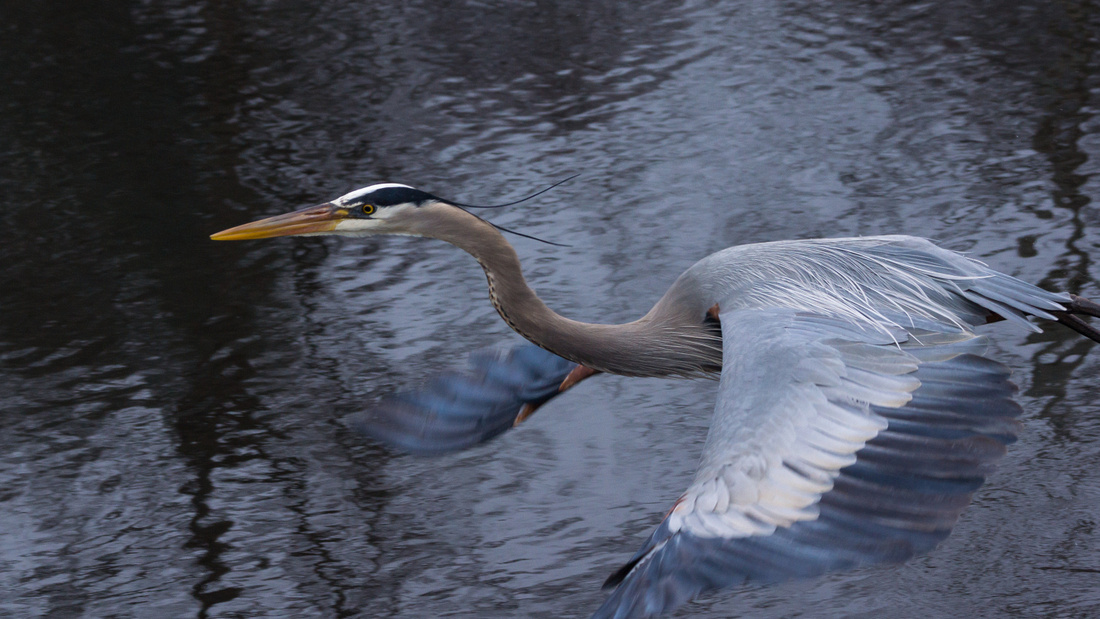

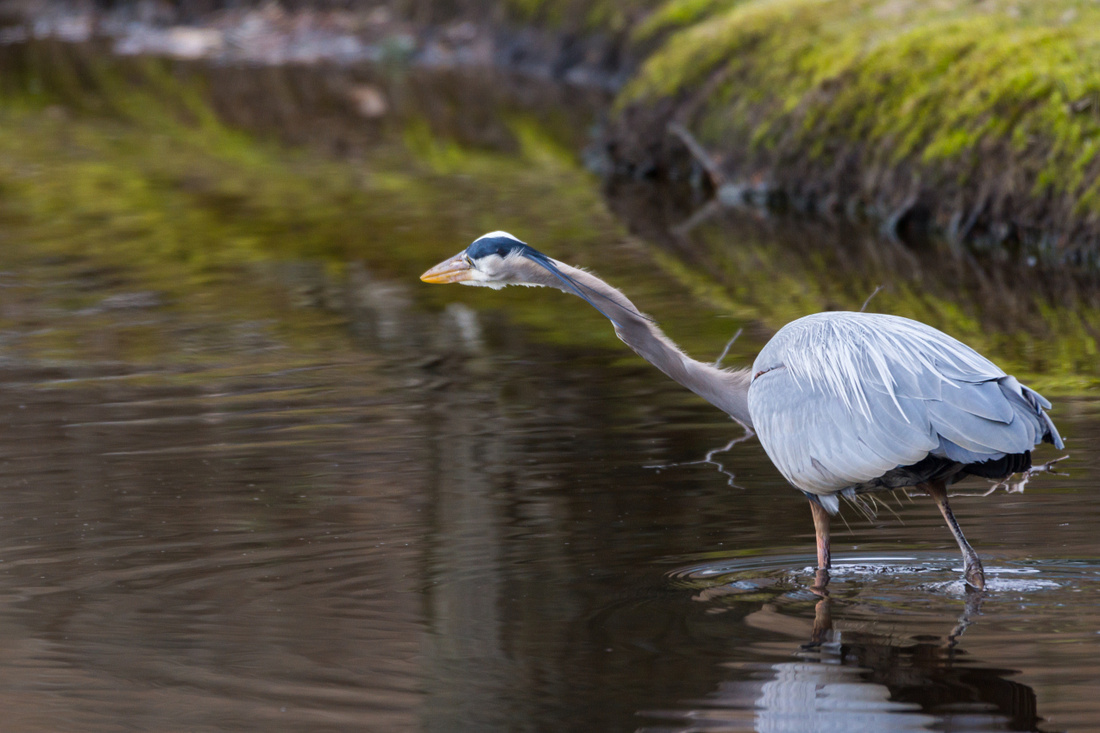



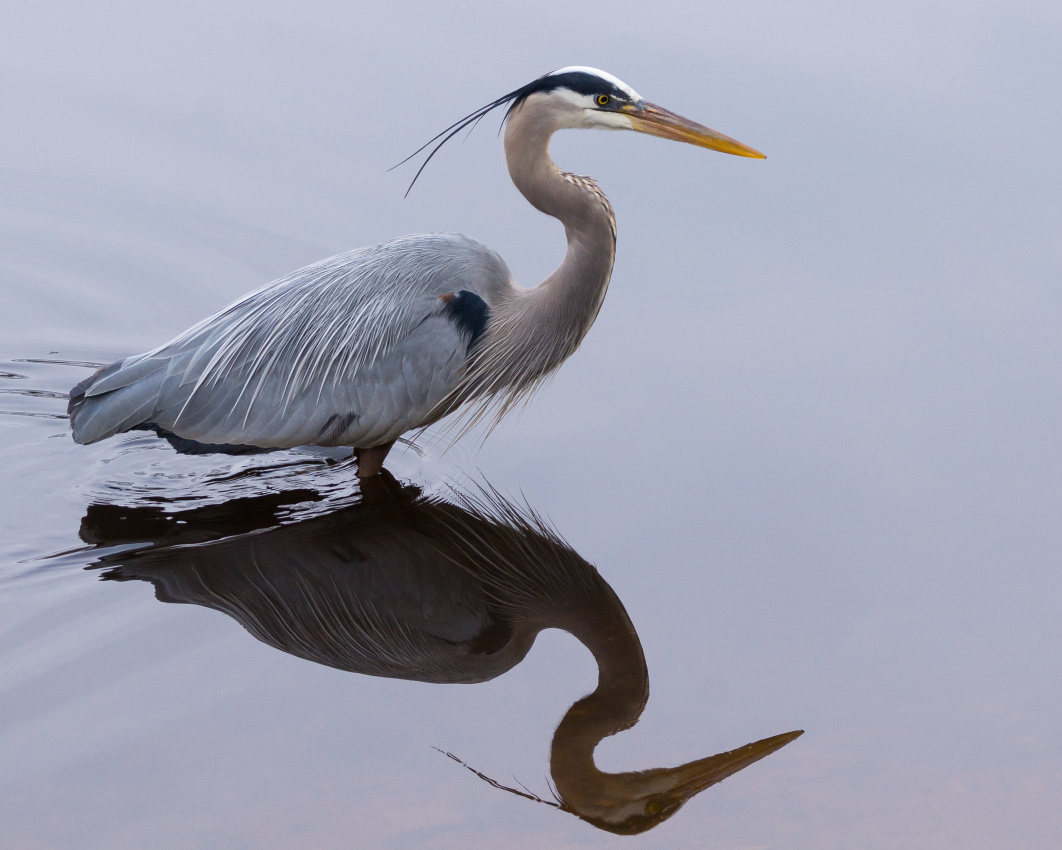

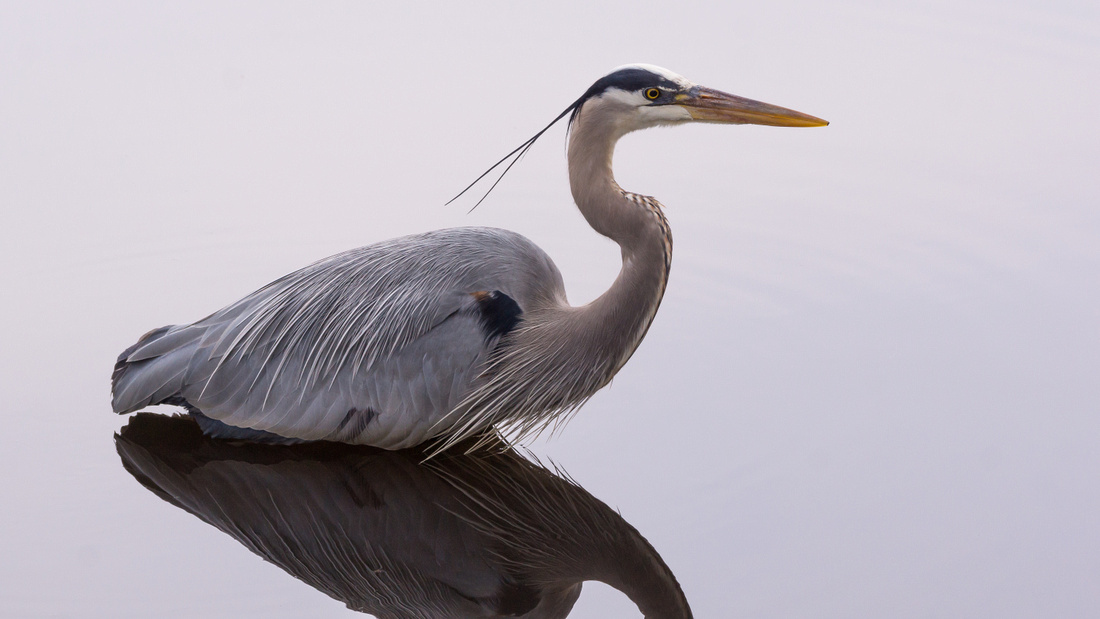

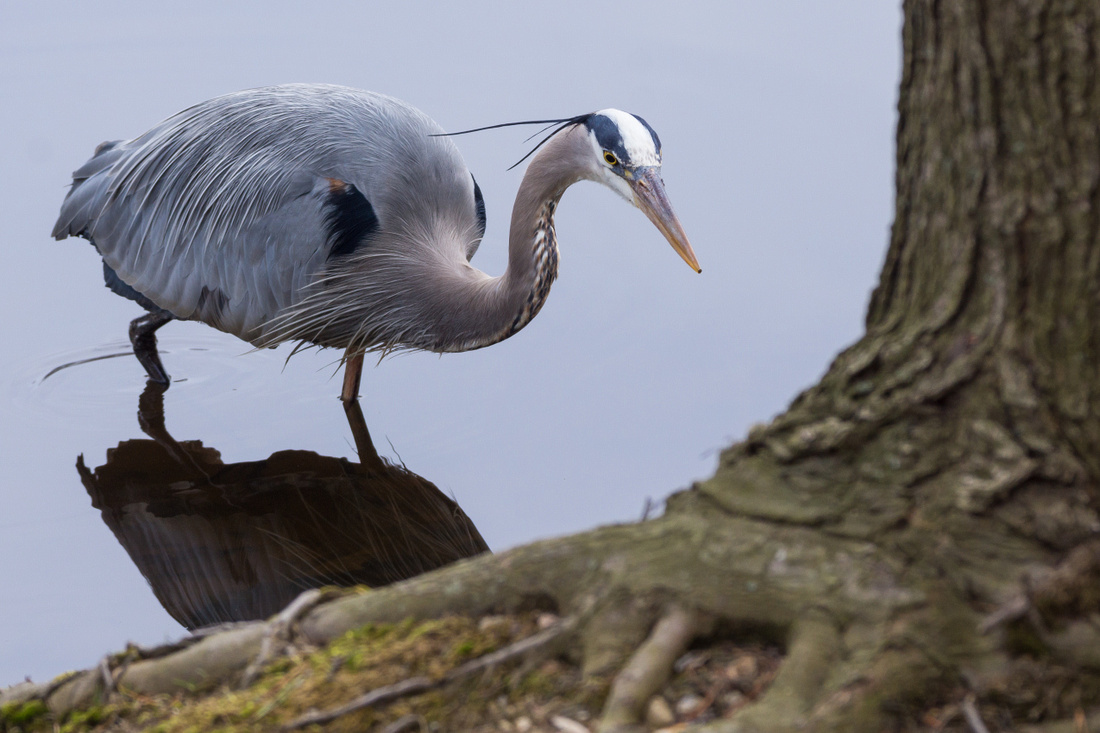

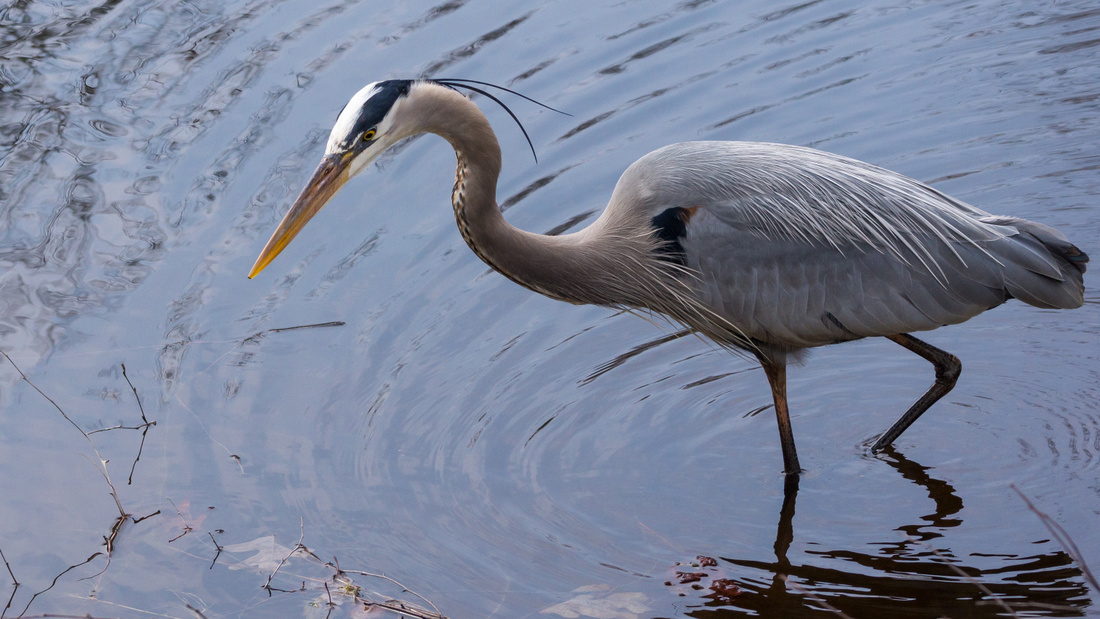

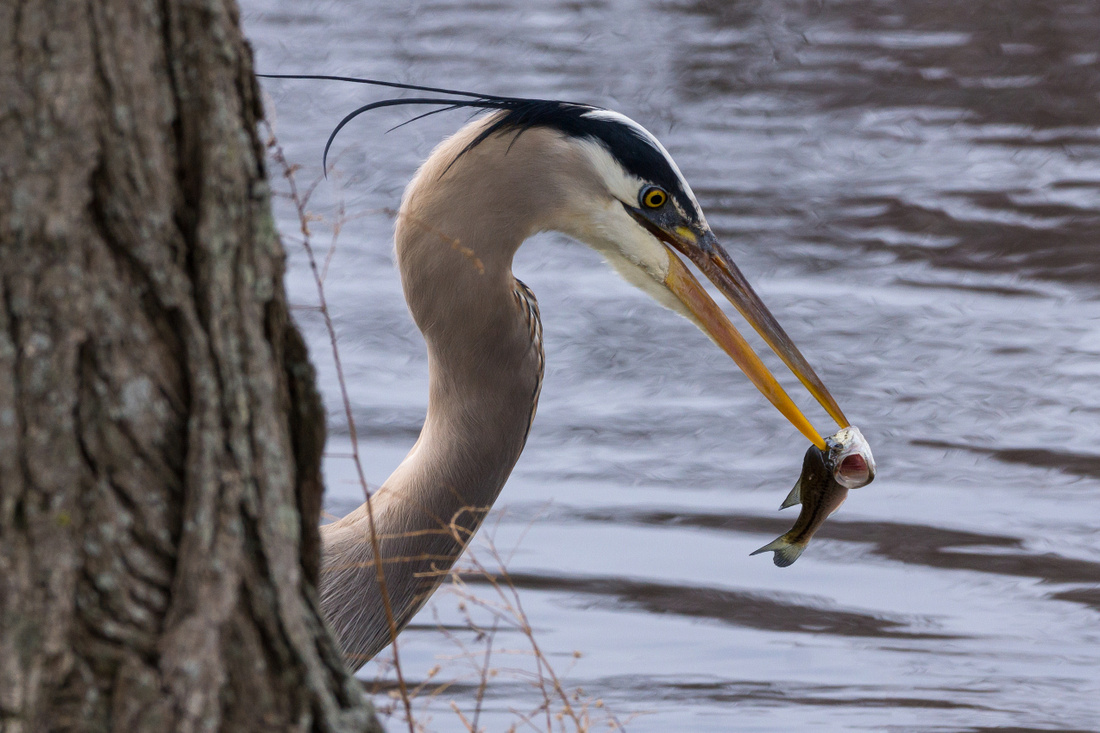

Backyard Birds
Three years ago we purchased new double-pane windows and doors for the house. The glass is of pretty high quality, so shooting birds through it works well. We've also added a couple of bird feeders that attract many local species. In fact, I've spotted over twenty different species in the area around our feeders. Last fall I purchased a new carbon fiber tripod that helps stabilize my camera when shooting. This combination has made it much easier to get relatively high quality images of our feeder birds. So, instead of simply inserting the images in my normal small bird folder, I created a new folder for "Backyard Birds." It's here:
http://aehass.zenfolio.com/p319500579
I've set the folder up so the most recent images are ordered first and simply add new photos chronologically. I've found that shooting as straight as possible through the glass works best and keeping the front of the lens as close as possible to the double-pane glass seems to help image quality too. The windows are tinted, so I normally have to make some minor adjustments to white balance when editing. This method of shooting allows me to normally get within about ten feet of the birds, so shooting with a 300mm lens pretty much fills the frame unless the bird is particularly small. Here's a few examples I've taken to date.
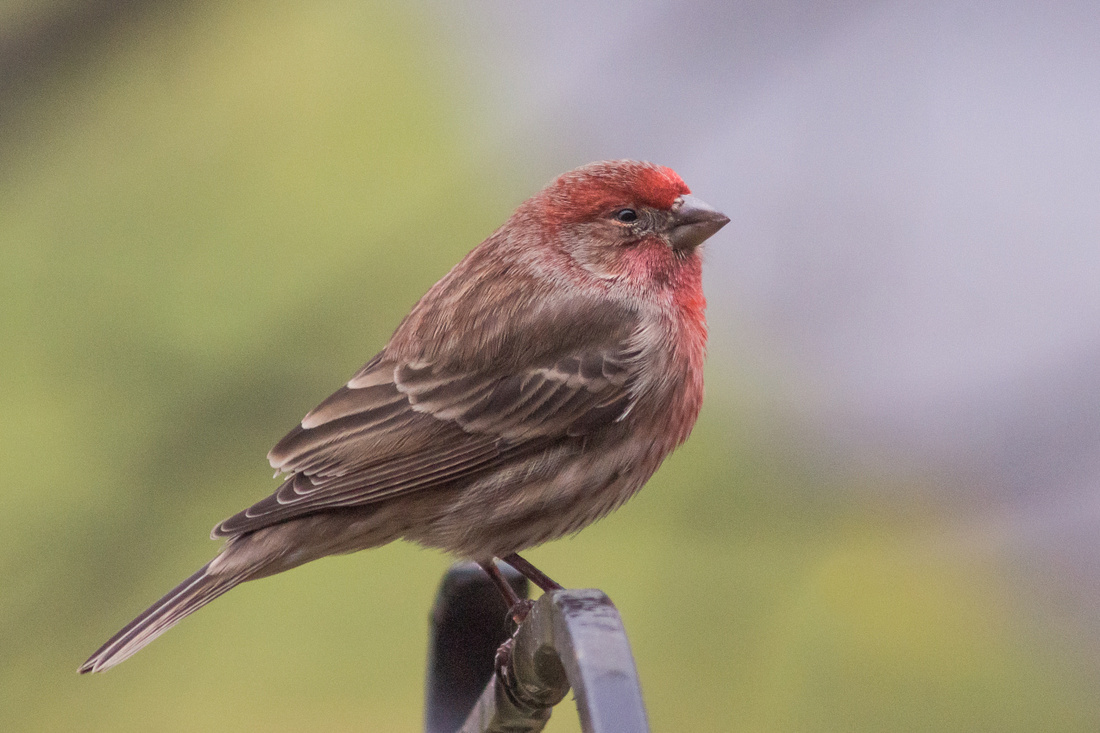

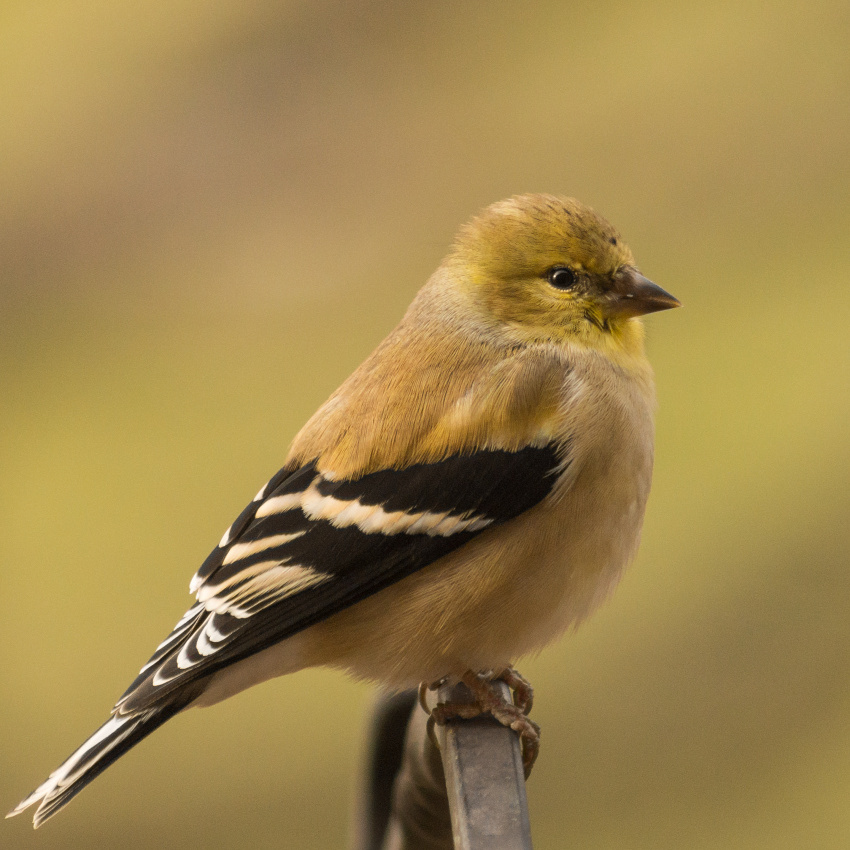

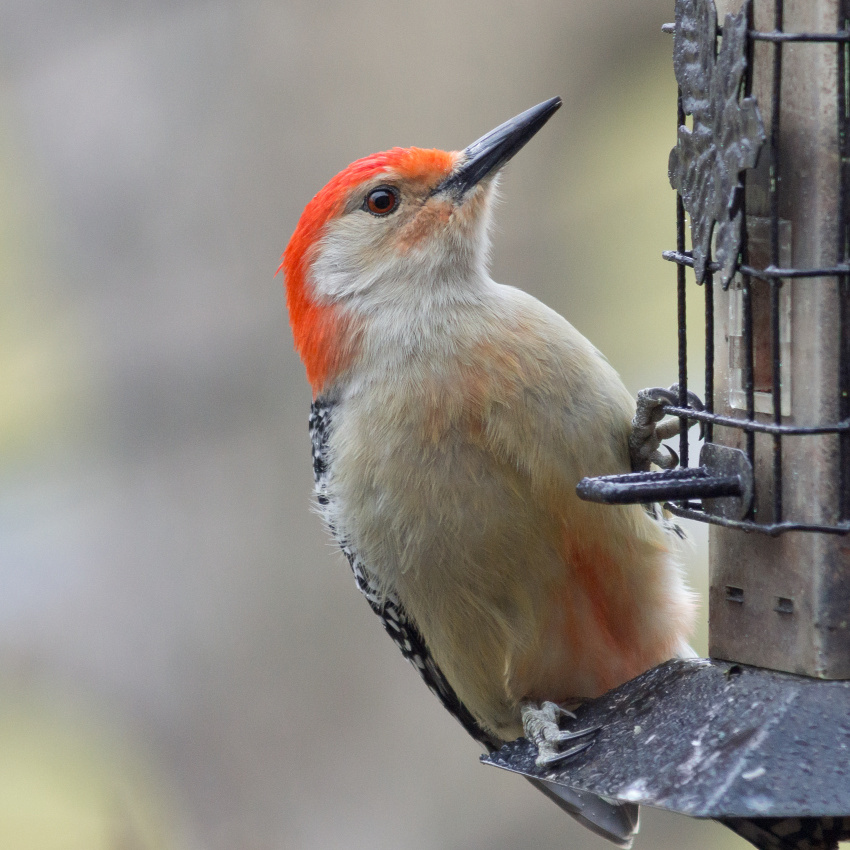

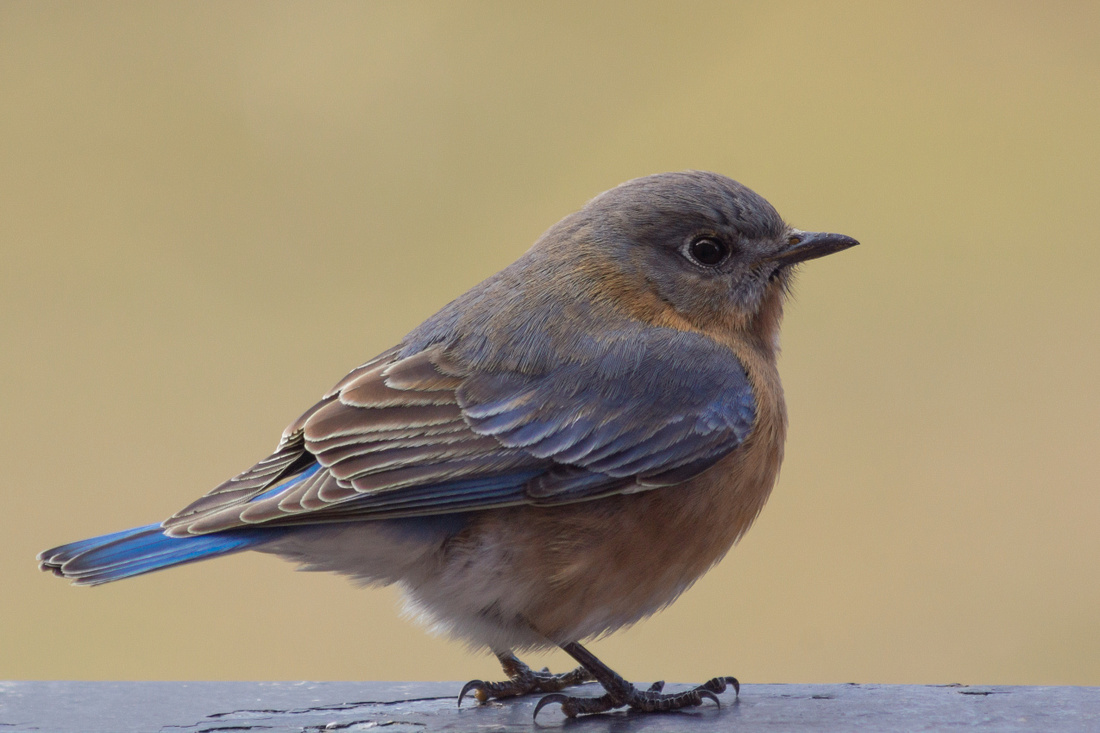



Ruby-crowned Kinglet
The Ruby-crowned Kinglet is a small (four inches long) rather unassuming bird. Many people that have seen one probably didn't give it a second thought - unless - they noticed the small red spot on the top of the male's head. The male and female look identical except for this small red spot. Neither are very common in Reston, but can be seen during their migration in the fall, winter and spring.
I actually photographed a female last January, but have never seen a male since I started photographing birds back in 2008. Today, I took my camera when I went to vote and on my return home, I spotted a male in the creek traversing the 6th fairway of the Reston South golf course. He was feeding on a small bush in the creek and didn't seem bothered by my presence. One of the first shots I took showed his ruby crown distinctly. However, I never got another distinct shot of his crown.
Ruby-crowned Kinglet - male - crown showing


Ruby-crowned Kinglet - male - faint crown


Ruby-crowned Kinglet - male - crown obscured
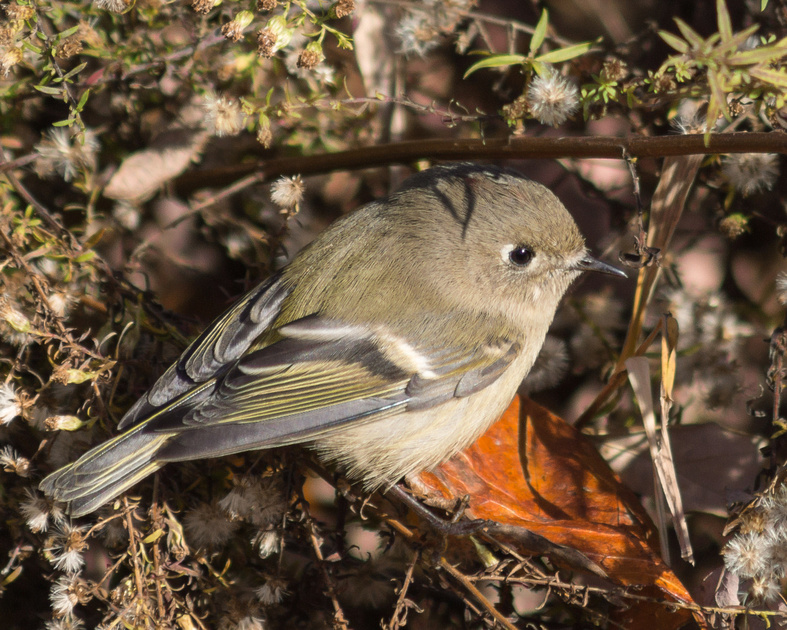

Praying Mantis ootheca and emerging nymphs
A couple of weeks ago, I found a mantis ootheca on a blackberry briar down below Links Pond. The ootheca is a hard casing containing many eggs. I didn't know what it was at the time, but figured it was some sort of insect cocoon. Yesterday, when I walked by, it was covered with Praying Mantis nymphs.. Apparently, the ootheca is laid by the female mantis in the fall and the little ones emerge in the spring. This ootheca had between 50 and 100 nymphs crawling on it and a nearby leaf. I don't have a true macro lens, and the conditions were not optimal (overcast) for shooting this sort of subject, but was able to get a few acceptable images by simply taking a lot of shots with a relatively wide depth of field using a slow shutter speed.
